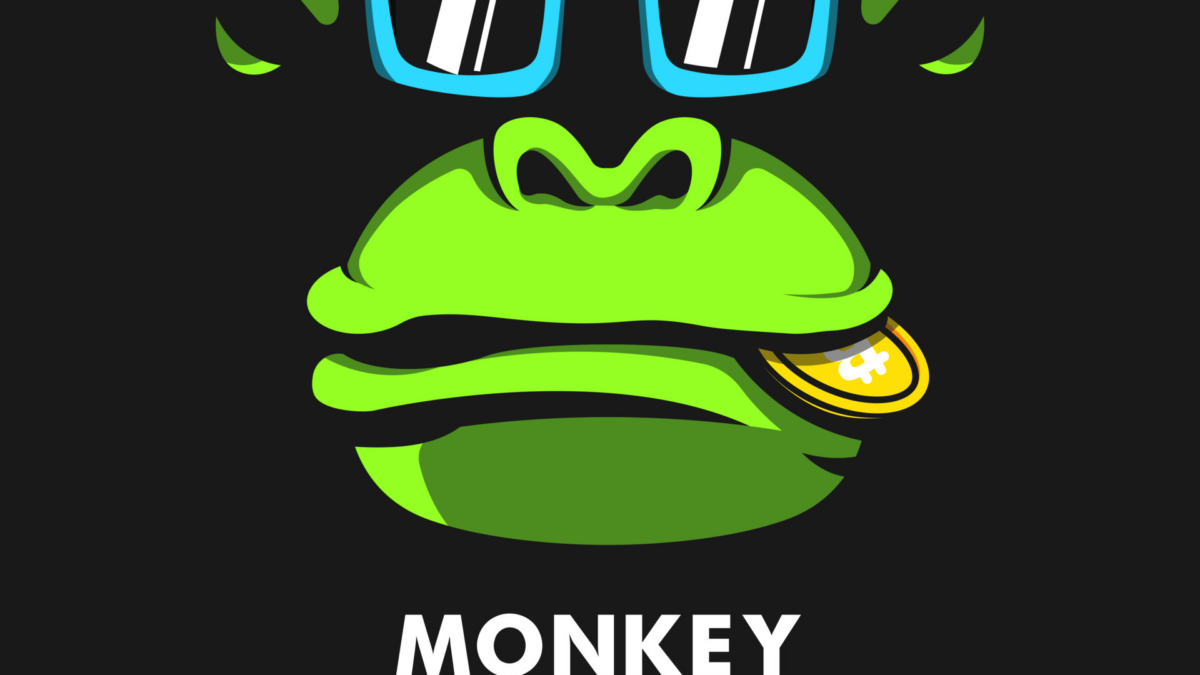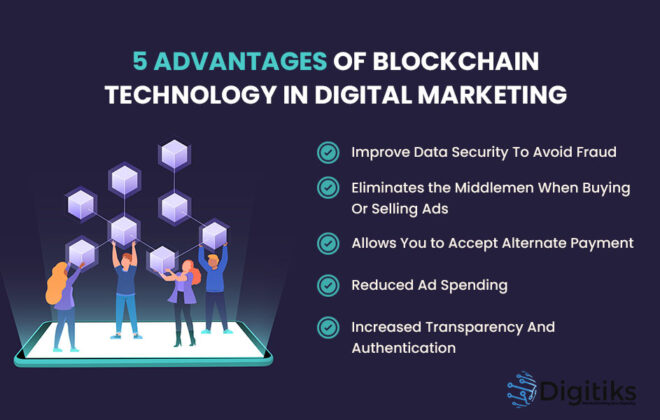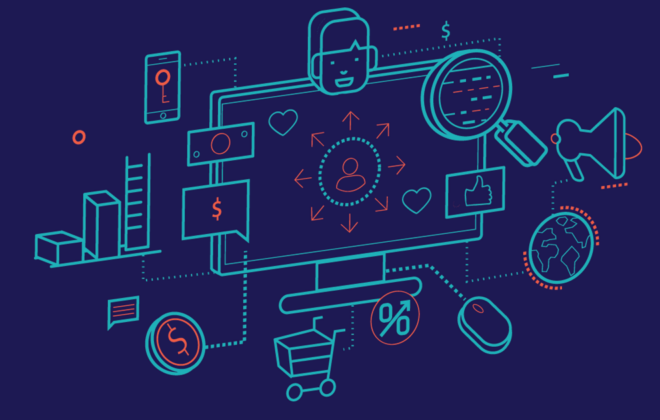Designing for the Blockchain: A New Era in Digital Creativity
The blockchain technology has been disrupting various industries, and the design industry is not an exception. Designers are finding new opportunities in the blockchain space to create innovative products and services that were not possible before. In this blog post, we will showcase some examples of how designers are already working with blockchain technology to create new and exciting products.

- Crypto Collectibles: Crypto collectibles are digital assets that are secured and verified on a blockchain. These digital assets can take many forms, including artwork, music, and videos. Cryptocurrencies such as Ethereum enable the creation of non-fungible tokens (NFTs) that allow artists and creators to sell their digital creations to collectors. For example, the CryptoKitties game allows users to buy, sell, and trade digital cats that are stored on the Ethereum blockchain. Each cat has a unique set of attributes that can be bought and sold on the marketplace.
- Blockchain-Based Marketplaces: Designers are also creating blockchain-based marketplaces that allow users to buy and sell digital assets. These marketplaces use smart contracts to ensure that transactions are secure and transparent. For example, the SuperRare marketplace allows artists to sell their digital creations as NFTs. The marketplace uses Ethereum smart contracts to ensure that ownership of the NFTs can be transferred securely.
- Decentralized Autonomous Organizations (DAOs): Designers are also creating decentralized autonomous organizations (DAOs) that are powered by blockchain technology. DAOs are organizations that operate on a decentralized network of computers, rather than a traditional hierarchical structure. For example, the DXdao is a DAO that operates on the Ethereum blockchain. It is a community-run organization that creates and manages decentralized finance (DeFi) products.
- Blockchain-Powered Social Media: Designers are also exploring the potential of blockchain technology for social media platforms. Blockchain-powered social media platforms can provide users with greater control over their data and privacy. For example, the Minds platform is a blockchain-based social network that allows users to earn tokens for their activity on the platform. These tokens can then be used to promote their content or support other users.

Conclusion: As we have seen, designers are finding new and exciting opportunities in the blockchain space. From crypto collectibles to blockchain-based marketplaces, there are many ways that designers can leverage blockchain technology to create innovative products and services. The potential for blockchain technology in the design industry is vast, and we are only scratching the surface of what is possible.
Related Posts
Leave a Reply Cancel reply
Categories
Recent Posts
- Crafting Memorable Brand Experiences: The Intersection of Design and Branding
- Web3 Branding: Building Trust and Engagement in the Decentralized World
- How to Use Blockchain for Digital Identity Management
- Digital Marketing in the Age of Decentralization: How Blockchain is Transforming the Industry
- 5 Ways Blockchain is Revolutionizing Digital Marketing!




